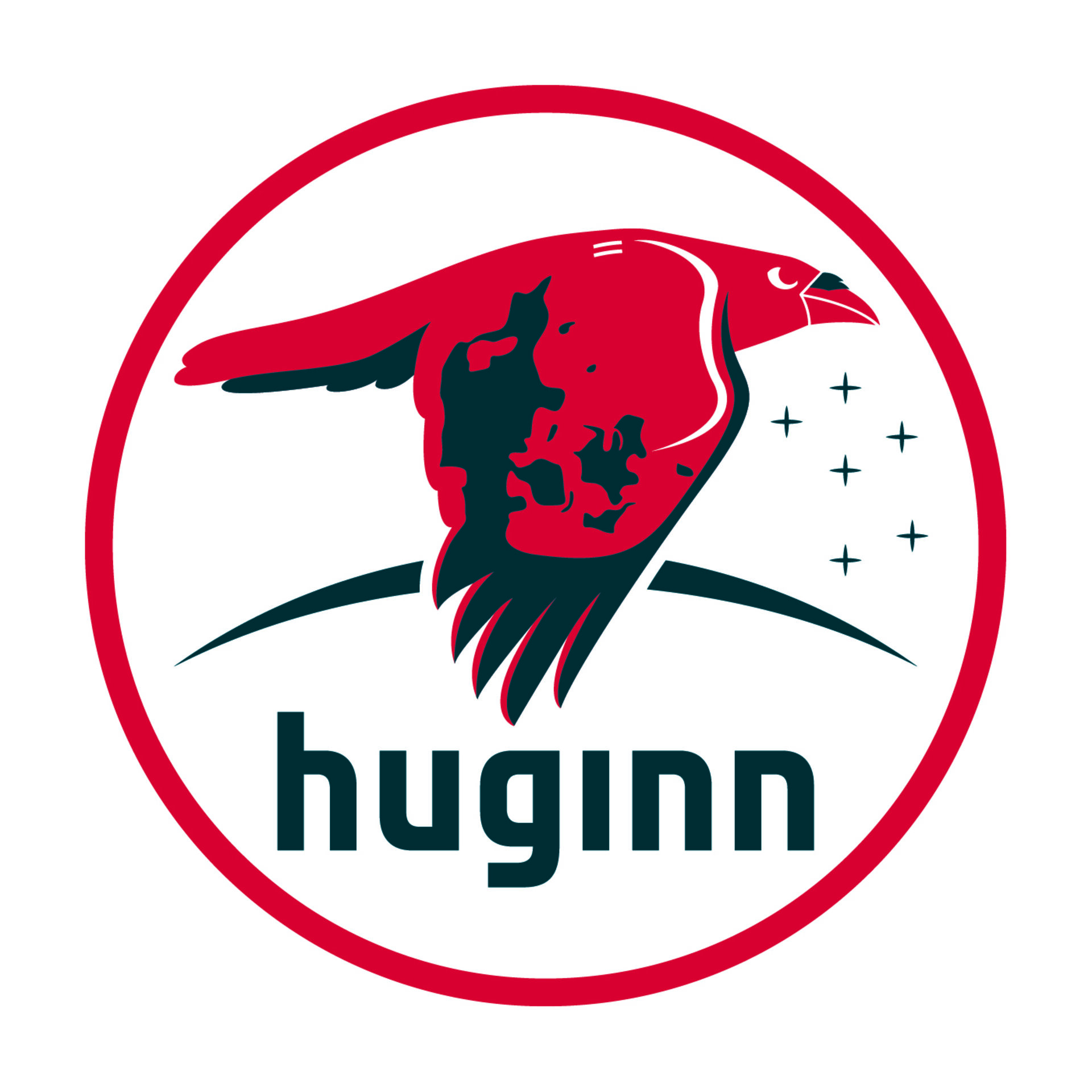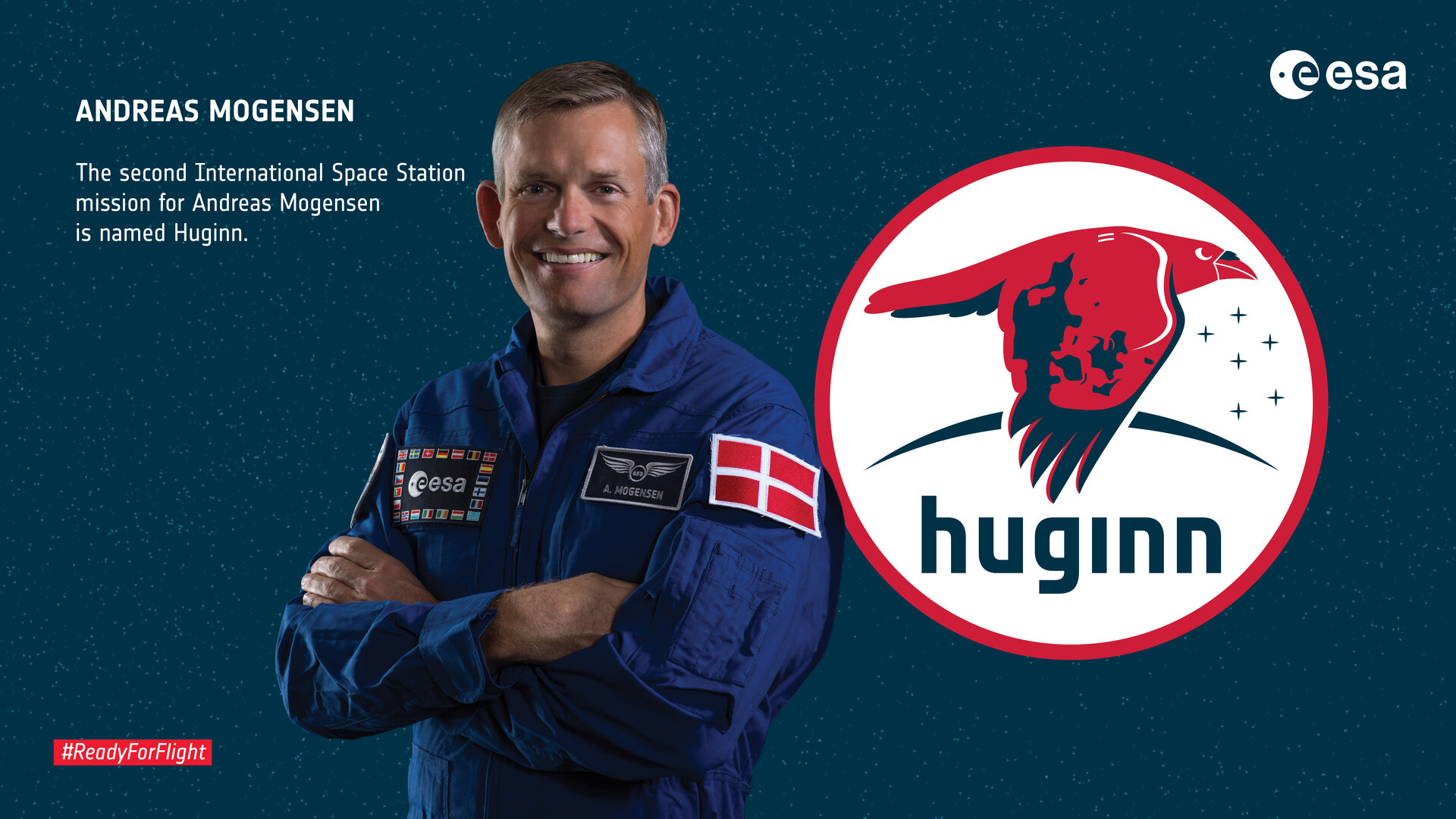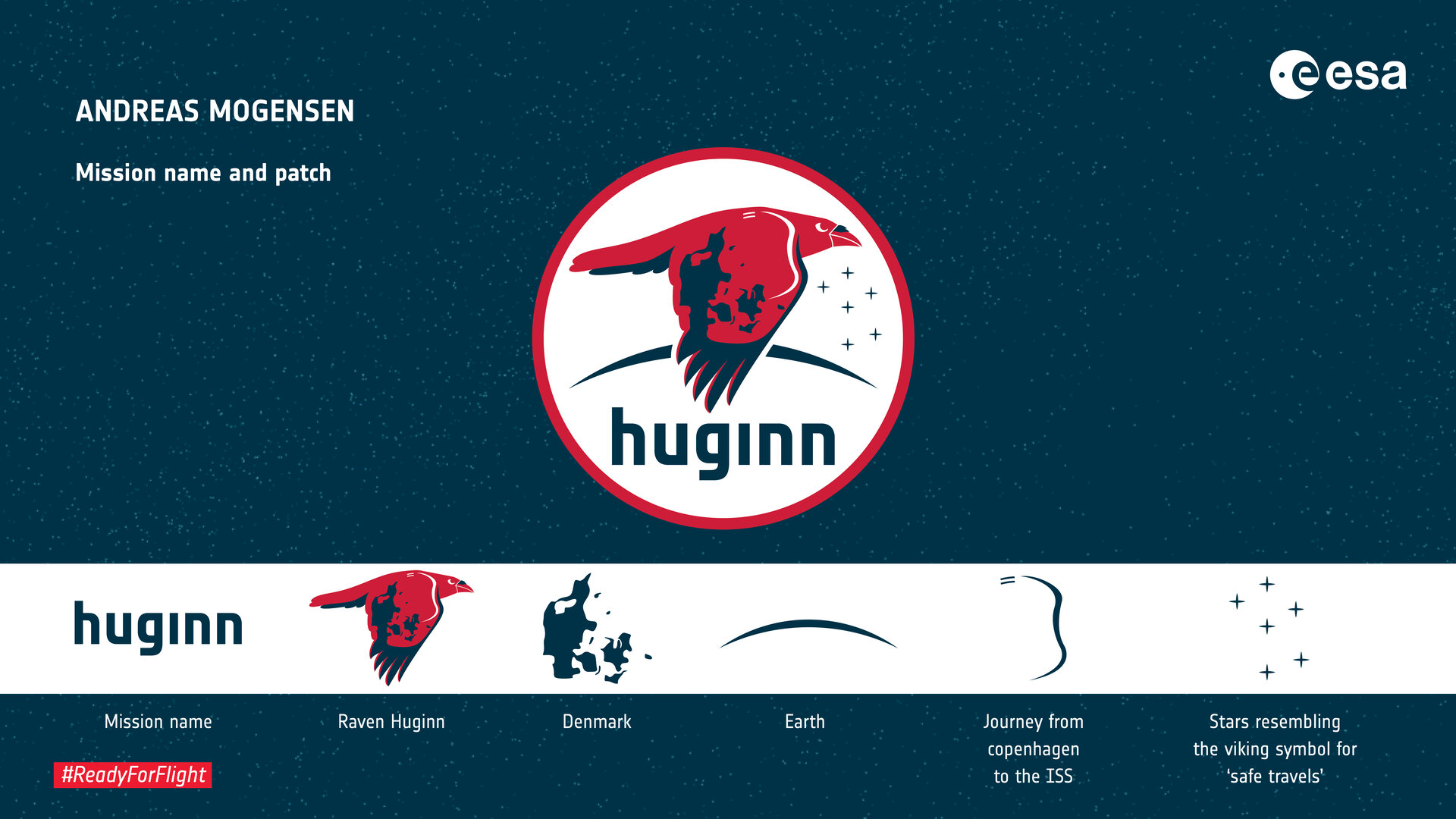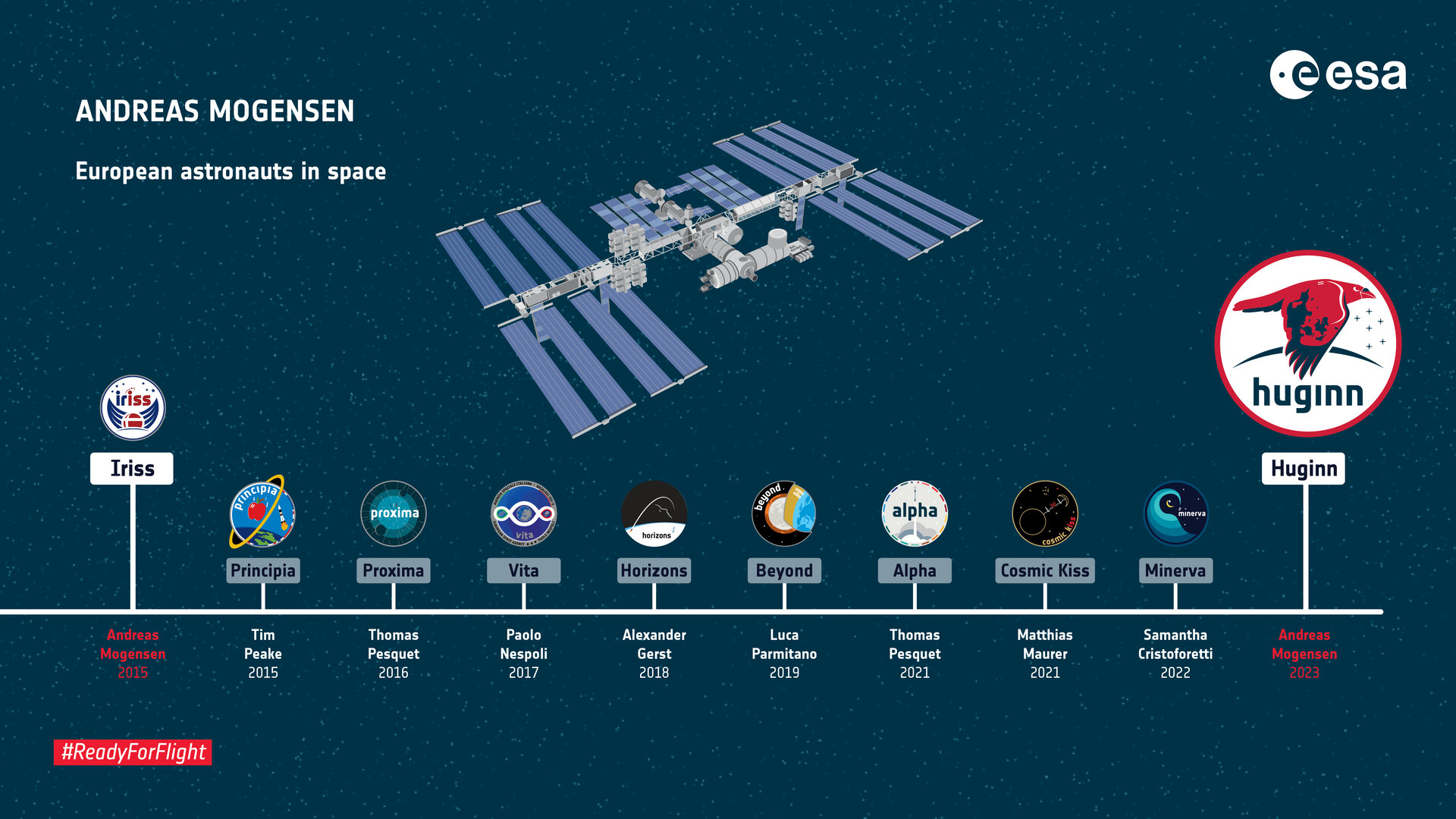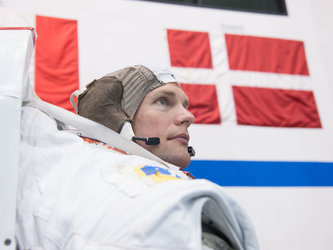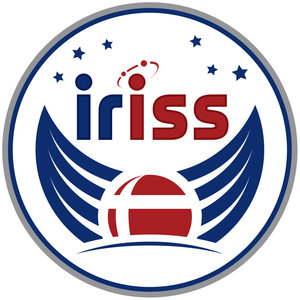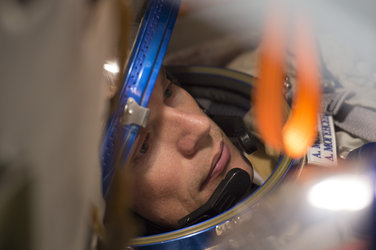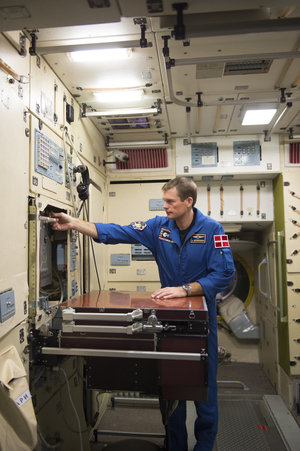Introducing Huginn
ESA astronaut Andreas Mogensen of Denmark is set to return to the International Space Station for his first long-duration Station mission. With only one year left before his launch in mid-2023, a name for the mission has been chosen: Huginn.
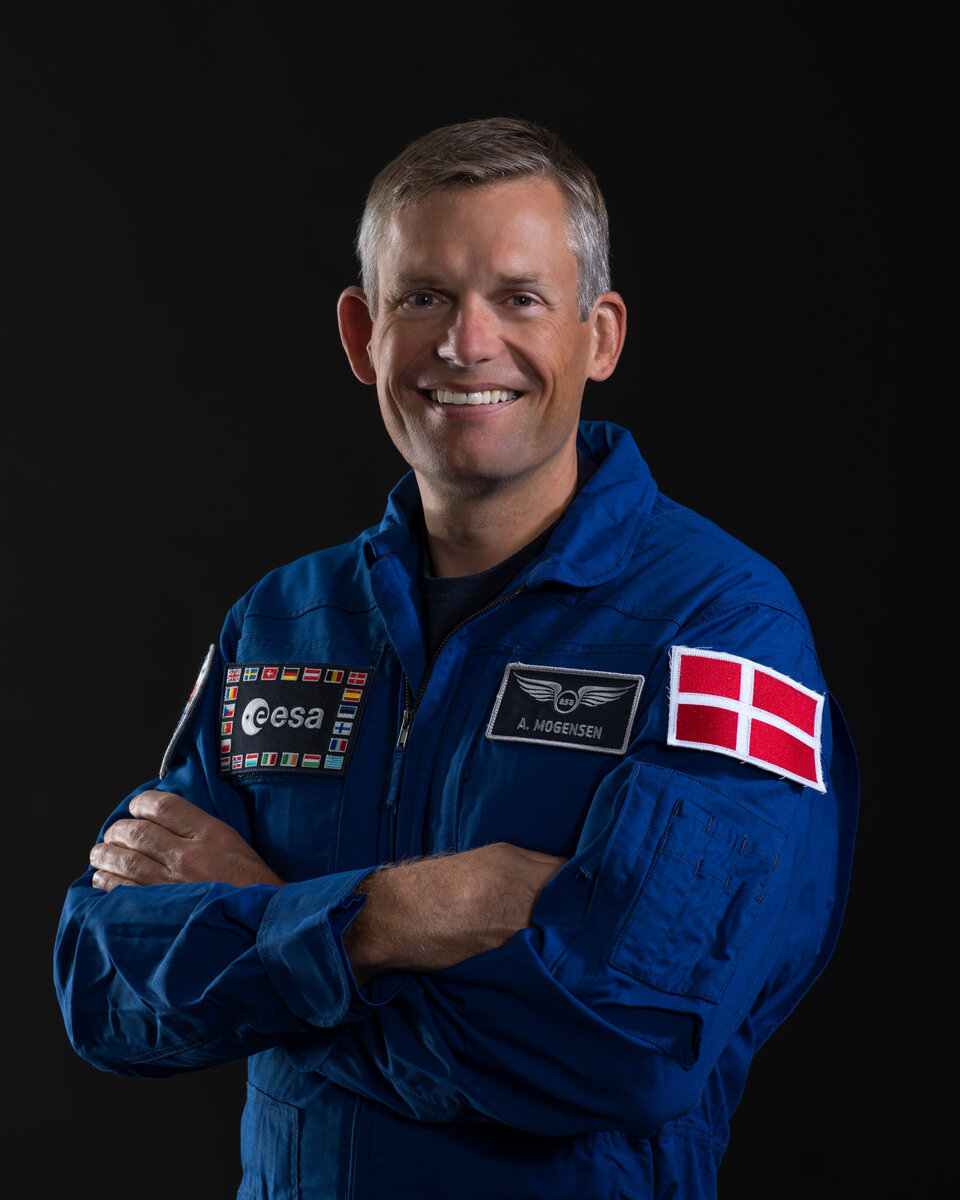
This name, chosen by Andreas, originates in Norse mythology with Huginn and Muninn – two raven accomplices of the god Odin. Together, the two symbolise the human mind, with Huginn representing thought, and Muninn, memory.
These birds are not mere spies or messengers for the highest god, they also serve as his confidants and advisors, speaking with human language. At dawn, Odin sends them out to fly across the whole of Midgard, in order to gather worldly knowledge to report back each evening.
The parallels between this ancient tale and human spaceflight are clear – during his time on the Station, Andreas will conduct many cutting-edge scientific experiments, the results of which will be translated to improving life back here on Earth. As Andreas himself explains:
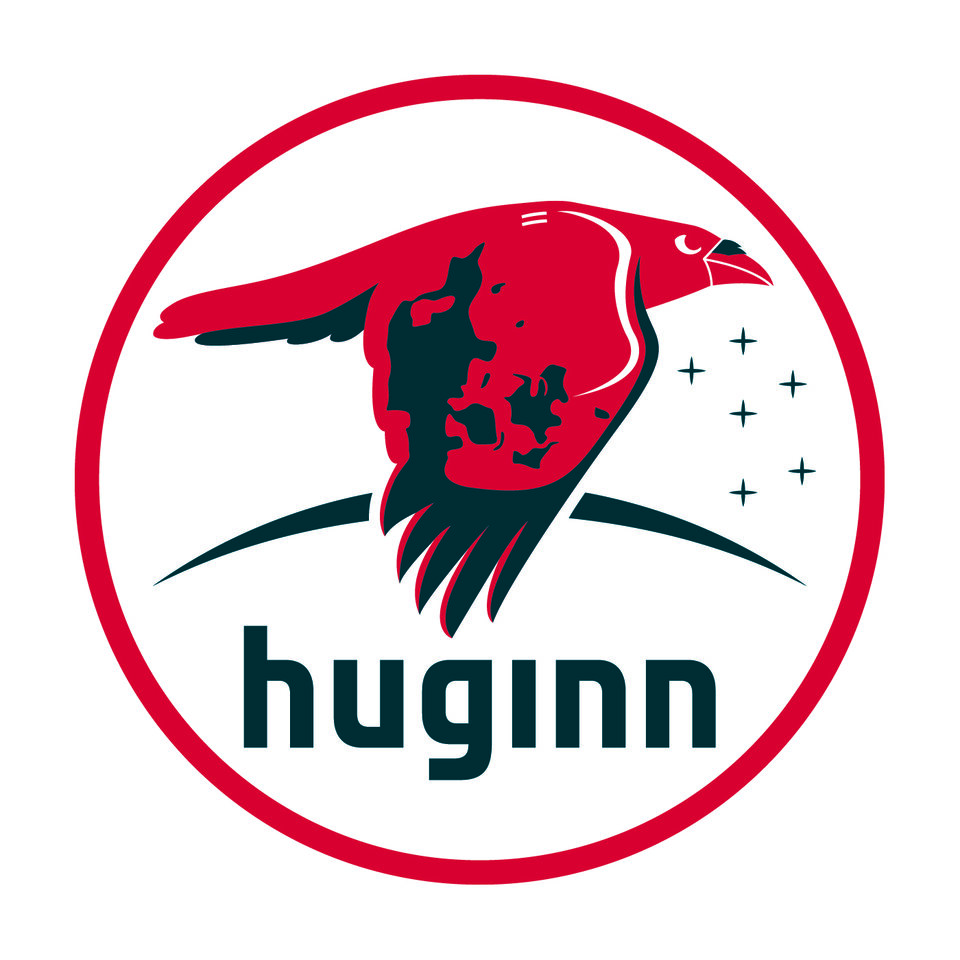
"Astronauts are explorers that travel into space to gather information and expand our knowledge of our world, much like Huginn, who was sent out each day to fly around the world and bring back information to Odin.
“I'm very pleased with the name Huginn, as it is so symbolic of my upcoming mission to the International Space Station,” Andreas continued. “The patch that ESA has designed around the name is also beautiful and unique."
The mission patch itself, created by ESA graphic designer Karen Lochtenberg, is rendered in the red and white of the Danish flag, alongside ESA’s own ‘Deep Space Blue’. Like many patches before it, it is rich in symbolism relating to the ethos of the mission.
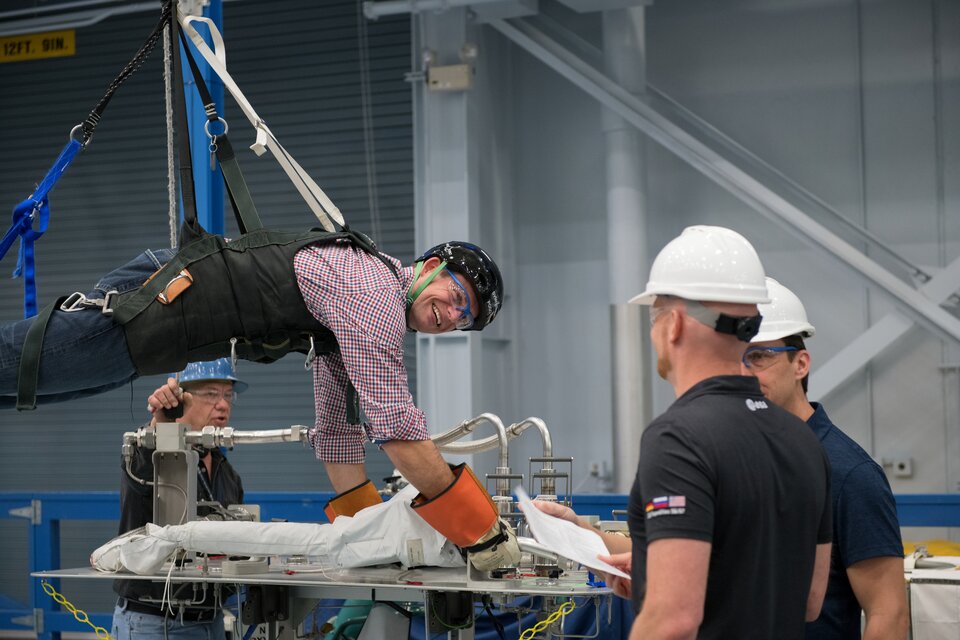
Huginn is depicted flying to the right, moving into the future as he glides over an Earth-rise horizon, which could also be seen as the Moon or Mars. Huginn’s wing includes shading in the shape of Andreas’ homeland, Denmark, while the white of the wing’s highlight – referred to by the designer as the ‘swoosh’ – depicts the journey to the Space Station itself from Andreas’ birthplace in Copenhagen.
Two stripes on Huginn’s back depict the distinctive solar arrays of the Station, and also represent that this is Andreas’ second Station mission. Six stars adorning the sky of this patch form a constellation that resembles the Viking symbol for 'safe travels'.
Andreas is scheduled to fly on a SpaceX Crew Dragon as part of Crew-7 to the International Space Station, but is also ready as backup pilot for Crew-6. He previously spent 10 days in space on a Space Station mission called ‘iriss’ in 2015.
You can follow along with Andreas’ latest mission via his Twitter, or ESA’s channels.















 Germany
Germany
 Austria
Austria
 Belgium
Belgium
 Denmark
Denmark
 Spain
Spain
 Estonia
Estonia
 Finland
Finland
 France
France
 Greece
Greece
 Hungary
Hungary
 Ireland
Ireland
 Italy
Italy
 Luxembourg
Luxembourg
 Norway
Norway
 The Netherlands
The Netherlands
 Poland
Poland
 Portugal
Portugal
 Czechia
Czechia
 Romania
Romania
 United Kingdom
United Kingdom
 Slovenia
Slovenia
 Sweden
Sweden
 Switzerland
Switzerland

























